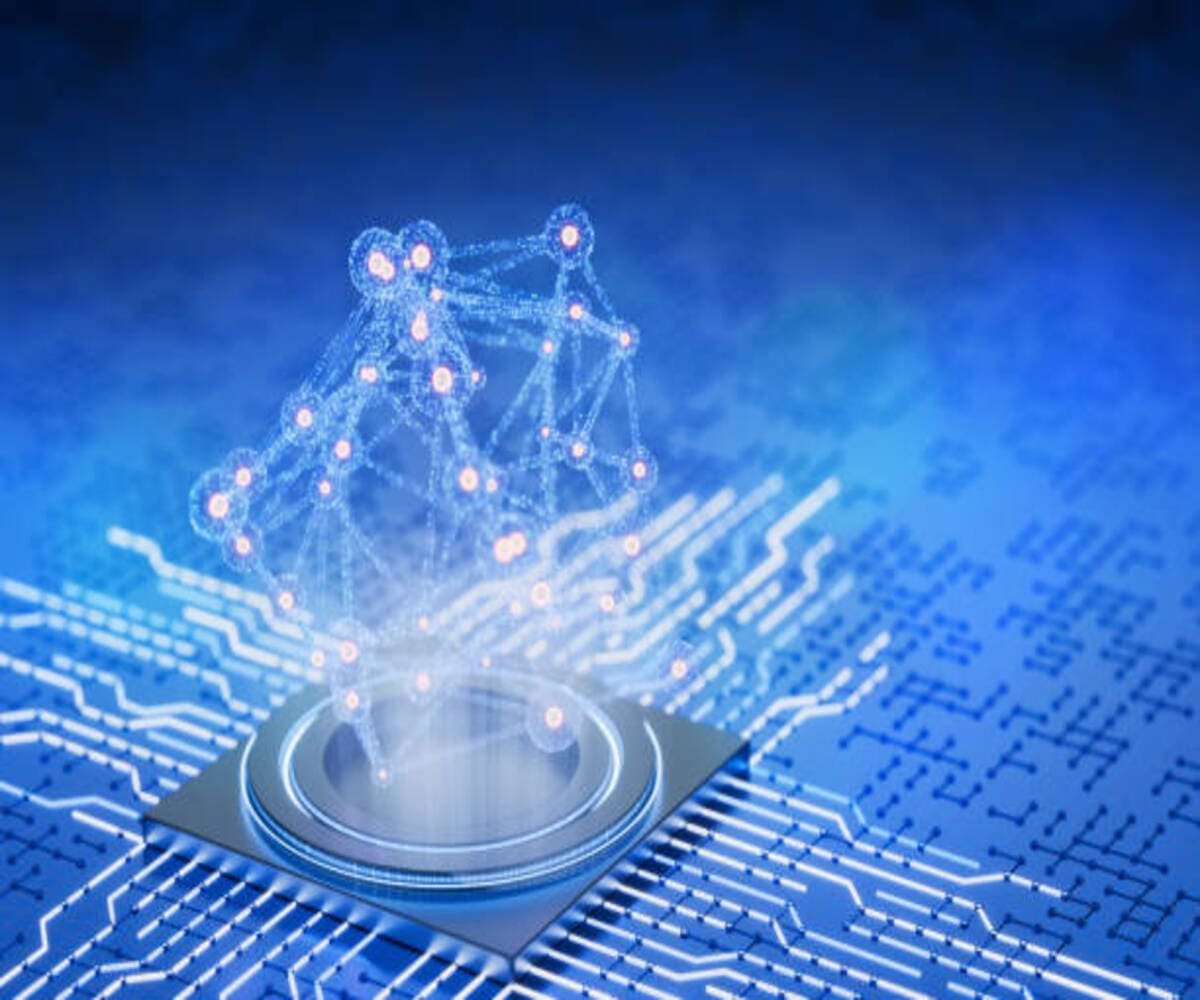Introduction
Artificial Intelligence (AI) is transforming industries, and at its core lies Neural Networks and Deep Learning. These cutting-edge technologies enable automation, enhance decision-making, and power innovations like image recognition, natural language processing, and autonomous systems. Understanding deep learning frameworks can provide businesses with a significant competitive advantage in today’s AI-driven landscape.
This course module delves into the fundamentals of Neural Networks, their applications, and how businesses can harness Deep Learning for intelligent automation.
Understanding Neural Networks & Deep Learning
What Are Neural Networks?
Neural Networks are a class of machine learning algorithms inspired by the human brain. They consist of layers of interconnected nodes (neurons) that process and learn from vast amounts of data. Key components include:
- Input Layer: Receives raw data inputs.
- Hidden Layers: Process information using weighted connections and activation functions.
- Output Layer: Produces the final prediction or classification.
Deep Learning extends Neural Networks by incorporating multiple hidden layers, allowing for more complex data representations and improved accuracy in AI models.
Essential Deep Learning Architectures
1. Feedforward Neural Networks (FNNs)
- The simplest type of neural network used for pattern recognition.
- Commonly applied in financial forecasting, fraud detection, and risk assessment.
2. Convolutional Neural Networks (CNNs)
- Designed for image processing and computer vision tasks.
- Used in facial recognition, medical imaging, and autonomous driving.
3. Recurrent Neural Networks (RNNs) & Long Short-Term Memory (LSTM)
- Effective for sequential data like speech recognition and time series forecasting.
- Applied in chatbots, stock price prediction, and sentiment analysis.
4. Transformers & Attention Mechanisms
- Power advanced natural language processing (NLP) models like GPT and BERT.
- Used in chatbots, translation services, and AI-powered content generation.
View Details About T& A Mechnisms
5. Generative Adversarial Networks (GANs)
- Create synthetic data that mimics real-world samples.
- Applied in deepfake technology, art generation, and data augmentation.
Applications of Neural Networks in AI-Powered Automation
Neural Networks and Deep Learning drive innovation in various industries:
- Healthcare: AI-powered diagnostics, medical image analysis, and personalized treatment plans.
- Finance: Automated fraud detection, algorithmic trading, and risk management.
- Retail: Personalized recommendations, inventory forecasting, and customer sentiment analysis.
- Manufacturing: Predictive maintenance, robotics automation, and quality control.
- Marketing: AI-driven content creation, sentiment analysis, and targeted advertising.
Challenges & Future of Deep Learning
While Deep Learning is revolutionizing AI, challenges remain:
- High computational costs and energy consumption.
- The need for large, high-quality datasets for training models.
- Ethical considerations, including bias in AI decision-making.
The future of Deep Learning includes advancements in self-supervised learning, federated learning, and AI explainability, making AI more accessible and ethical for businesses.
Master AI-Powered Automation with SignifyHR !
Unlock the power of Neural Networks and Deep Learning with expert-led courses at SignifyHR.com. Gain hands-on experience and lead the AI revolution in your industry !

